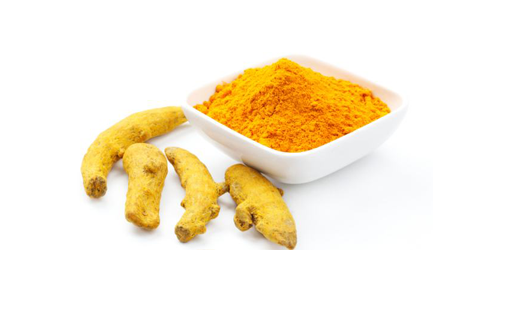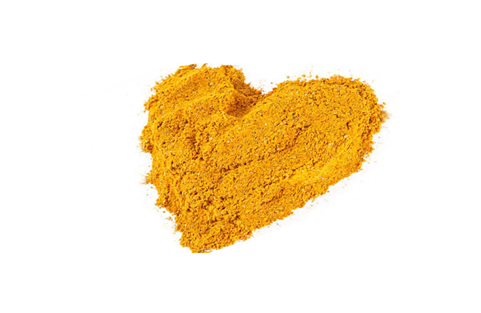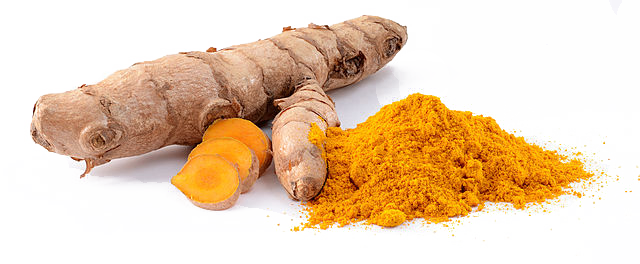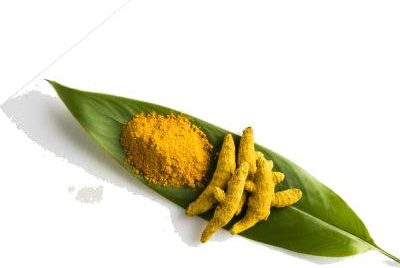
Curcumin
Curcumin is the major bioactive component of the Indian spice herb turmeric (Curcuma longa), member of the ginger family (Zingiberaceae). At first, people widely used Curcumin as a food in curry powder. Later, they discovered its impressive medicinal qualities.
Extensive research is currently focused on Curcumin as a potential novel drug for the near future to control various diseases including inflammatory disorders, carcinogenesis, Alzheimer’s disease and oxidative stress-induced pathogenesis. Curcumin has been shown to increase vasodilation similar to exercise and curcumin ingestion with aerobic exercise training is more effective than curcumin ingestion or aerobic exercise training alone.

Therefore, treatments that are safer, more effective, and cheaper are needed. The mechanisms of action of traditional medicines are shrouded in mystery, even though they have been used for thousands of years: neither the active components nor their molecular targets have been very well identified. Curcumin, a yellow component of turmeric or curry powder, however, is an exception.
Neverthless, there is one big difference, however: curcumin as a single agent can downregulate every one of these targets, making it more likely to be effective against the targeted disease. Thus, curcumin regulates multiple targets (multitargeted therapy) and is inexpensive. Centuries of use as a dietary agent have demonstrated its safety; as an added reassurance, human clinical trials of curcumin have shown it to be safe.
Curcumin is traditional spice and it has been used in Ayuverdic medicine for centuries on the Indian subcontinent.



The major weakness towards the use of curcumin for health benefits is its poor availability in the blood and tissues. This problem can be overcome by innovative curcumin preparation. The curcumin molecules are too large and poorly penetrated by the cellular structure. That is why curcumin processors are looking for ways to increase curcumin´s permeability to the body. CurcuPrim effectively manages this by utilizing unique PNS technology.
Numerous therapeutic activities as outlined above, its pharmacological safety and its colour qualify curcumin as “Indian solid gold”.
Dietary curcumin was shown to exhibit poor bioavailability (i.e. low levels in plasma and tissues). Potential factors that limit the bioavailability of curcumin include insolubility in water, poor absorption, rapid metabolism and systemic elimination. As it is a compound with strong medicinal interest, numerous approaches to increasing curcumin bioavailability have been explored by scientists all over the world.

Curcumin has been shown to efficiently:
- lower blood cholesterol, promote wound healing
- prevent skin wrinkling
- inhibit inflammation
- suppress rheumatoid arthritis
- inhibit human immunodeficiency virus replication



